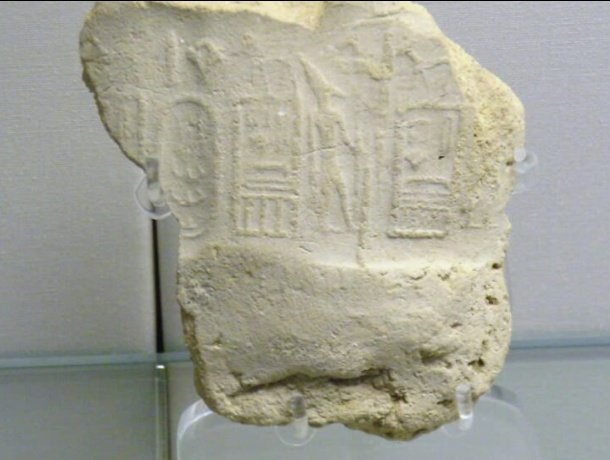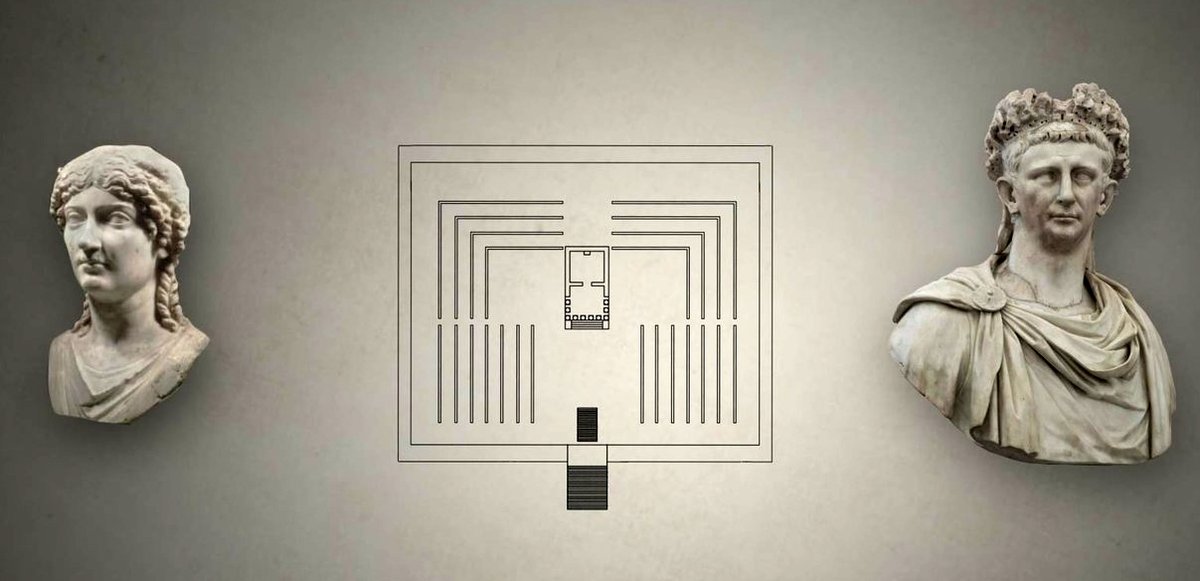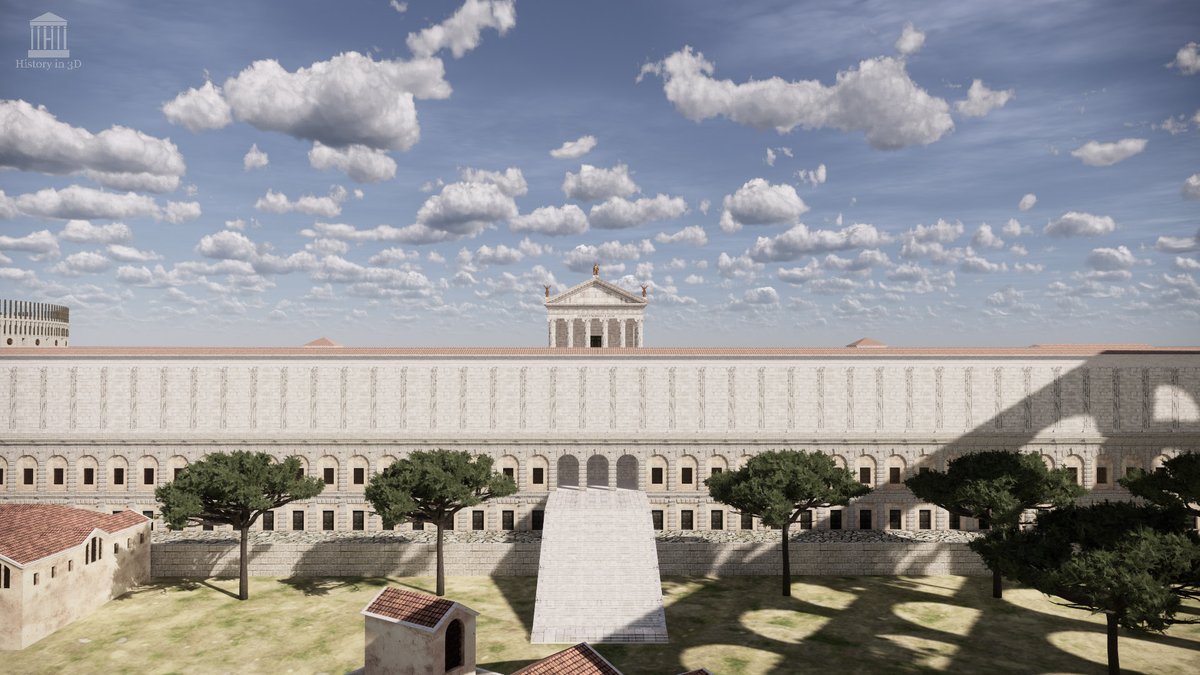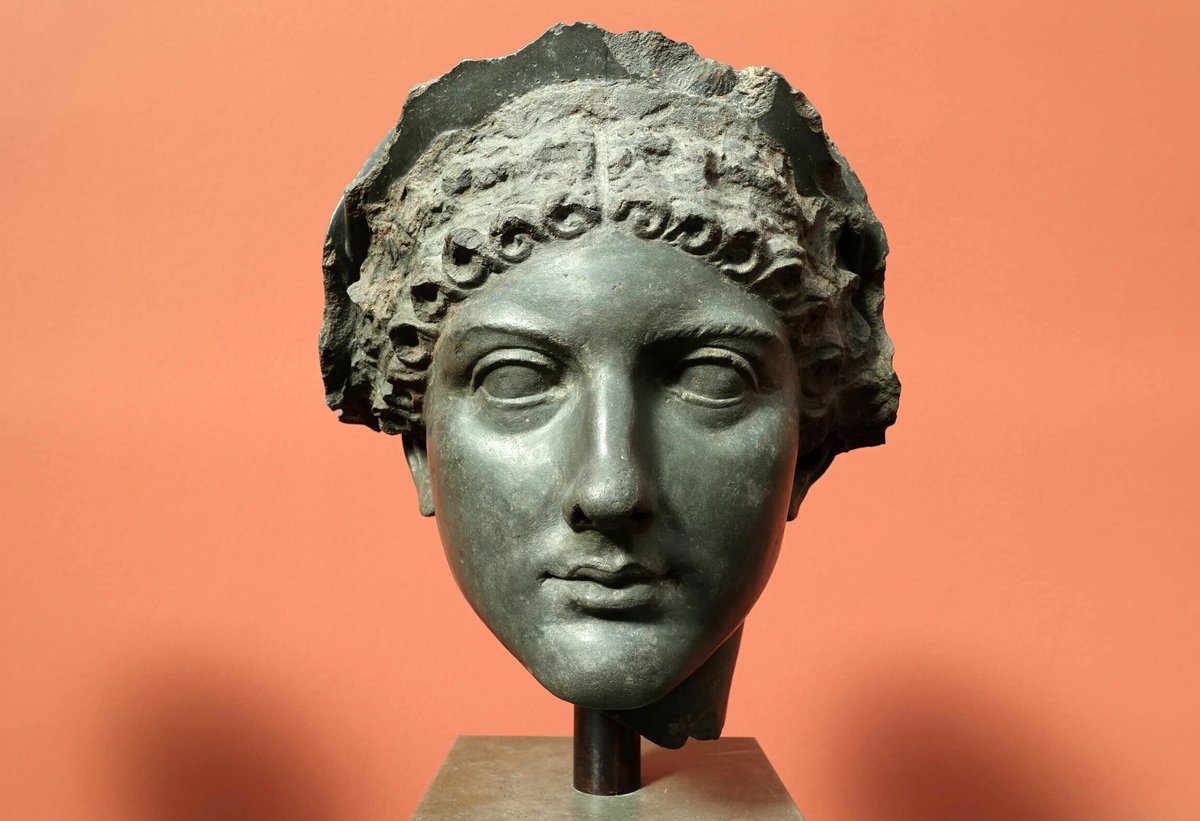The Ancient Sumerian civilisation in the Middle East developed writing around 3400 BC, and a few hundred years later the Egyptians were doing the same.
The earliest instances of hieroglyphic writing are found carved into pottery and ivory in important tombs from the end of the 4th Millennium BC.
Hieroglyphics from the tomb of pharaoh Seth- Peribsen, who ruled sometimes between C. 2890 - 2686 BC

SHORT THREAD!!!
— Seleeah_Writes\xa9 #EndSarsBrutality# (@Asipita6) December 18, 2020
We were told that before the Oyinbos came, our ancestors were barbaric, didn't wear clothes, and hopped trees like monkeys, unfortunately, many of us believed.
More from History
TIL:
- first Western detective stories translated & published in Japan in *1863*--that's pre-Meiji, even!
- first Chinese-written detective stories featuring Western-style detectives starred women as both detectives and criminals were published in 1907--author Lü Simian (!).
Quote: “This case is so complicated that even Sherlock Holmes would feel helpless if it fell into his hands. [Now] it is solved by a woman who returned from abroad for a brief
visit to her hometown. Who is to say that the wisdom of Chinese cannot compete with the Westerners?”
The lead female detective in these stories, Chu Yi, is a fan of Doyle's Holmes stories and asks herself "What would Sherlock Holmes do?" while crime-solving, but succeeds through her use of martial arts and more "Chinese" attributes--China, not the West, solves the crimes.
Author Lü Simian, btw, is this guy: https://t.co/swPvAxr87J . One of the "four greatest modern Chinese historians," also wrote a landmark work of literary theory, and helped cohere Chinese detective fiction with his stories. Bit of a badass.
Holmes was the dominant influence on Chinese detective fiction of the late-Qing & early Republic years, and the biggest star of Chinese detective fiction of those years, Cheng Xiaoqing's Huo Sang, was a spin on Holmes.
- first Western detective stories translated & published in Japan in *1863*--that's pre-Meiji, even!
- first Chinese-written detective stories featuring Western-style detectives starred women as both detectives and criminals were published in 1907--author Lü Simian (!).
Quote: “This case is so complicated that even Sherlock Holmes would feel helpless if it fell into his hands. [Now] it is solved by a woman who returned from abroad for a brief
visit to her hometown. Who is to say that the wisdom of Chinese cannot compete with the Westerners?”
The lead female detective in these stories, Chu Yi, is a fan of Doyle's Holmes stories and asks herself "What would Sherlock Holmes do?" while crime-solving, but succeeds through her use of martial arts and more "Chinese" attributes--China, not the West, solves the crimes.
Author Lü Simian, btw, is this guy: https://t.co/swPvAxr87J . One of the "four greatest modern Chinese historians," also wrote a landmark work of literary theory, and helped cohere Chinese detective fiction with his stories. Bit of a badass.
Holmes was the dominant influence on Chinese detective fiction of the late-Qing & early Republic years, and the biggest star of Chinese detective fiction of those years, Cheng Xiaoqing's Huo Sang, was a spin on Holmes.
You May Also Like
@franciscodeasis https://t.co/OuQaBRFPu7
Unfortunately the "This work includes the identification of viral sequences in bat samples, and has resulted in the isolation of three bat SARS-related coronaviruses that are now used as reagents to test therapeutics and vaccines." were BEFORE the

chimeric infectious clone grants were there.https://t.co/DAArwFkz6v is in 2017, Rs4231.
https://t.co/UgXygDjYbW is in 2016, RsSHC014 and RsWIV16.
https://t.co/krO69CsJ94 is in 2013, RsWIV1. notice that this is before the beginning of the project
starting in 2016. Also remember that they told about only 3 isolates/live viruses. RsSHC014 is a live infectious clone that is just as alive as those other "Isolates".
P.D. somehow is able to use funds that he have yet recieved yet, and send results and sequences from late 2019 back in time into 2015,2013 and 2016!
https://t.co/4wC7k1Lh54 Ref 3: Why ALL your pangolin samples were PCR negative? to avoid deep sequencing and accidentally reveal Paguma Larvata and Oryctolagus Cuniculus?
Unfortunately the "This work includes the identification of viral sequences in bat samples, and has resulted in the isolation of three bat SARS-related coronaviruses that are now used as reagents to test therapeutics and vaccines." were BEFORE the

chimeric infectious clone grants were there.https://t.co/DAArwFkz6v is in 2017, Rs4231.
https://t.co/UgXygDjYbW is in 2016, RsSHC014 and RsWIV16.
https://t.co/krO69CsJ94 is in 2013, RsWIV1. notice that this is before the beginning of the project
starting in 2016. Also remember that they told about only 3 isolates/live viruses. RsSHC014 is a live infectious clone that is just as alive as those other "Isolates".
P.D. somehow is able to use funds that he have yet recieved yet, and send results and sequences from late 2019 back in time into 2015,2013 and 2016!
https://t.co/4wC7k1Lh54 Ref 3: Why ALL your pangolin samples were PCR negative? to avoid deep sequencing and accidentally reveal Paguma Larvata and Oryctolagus Cuniculus?



























